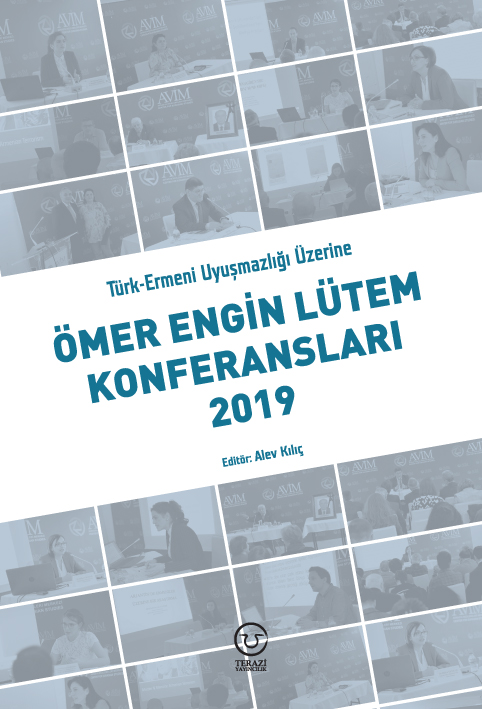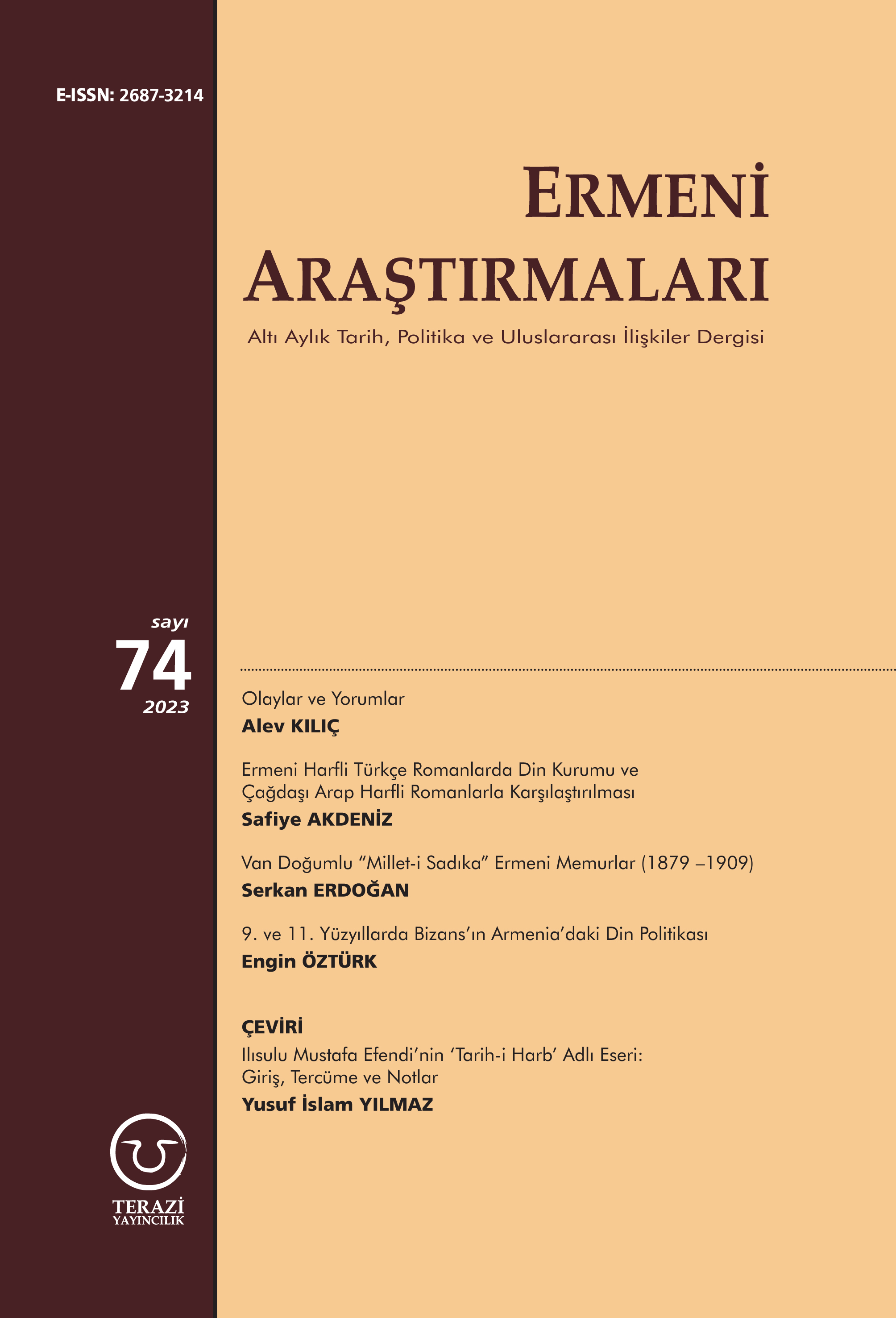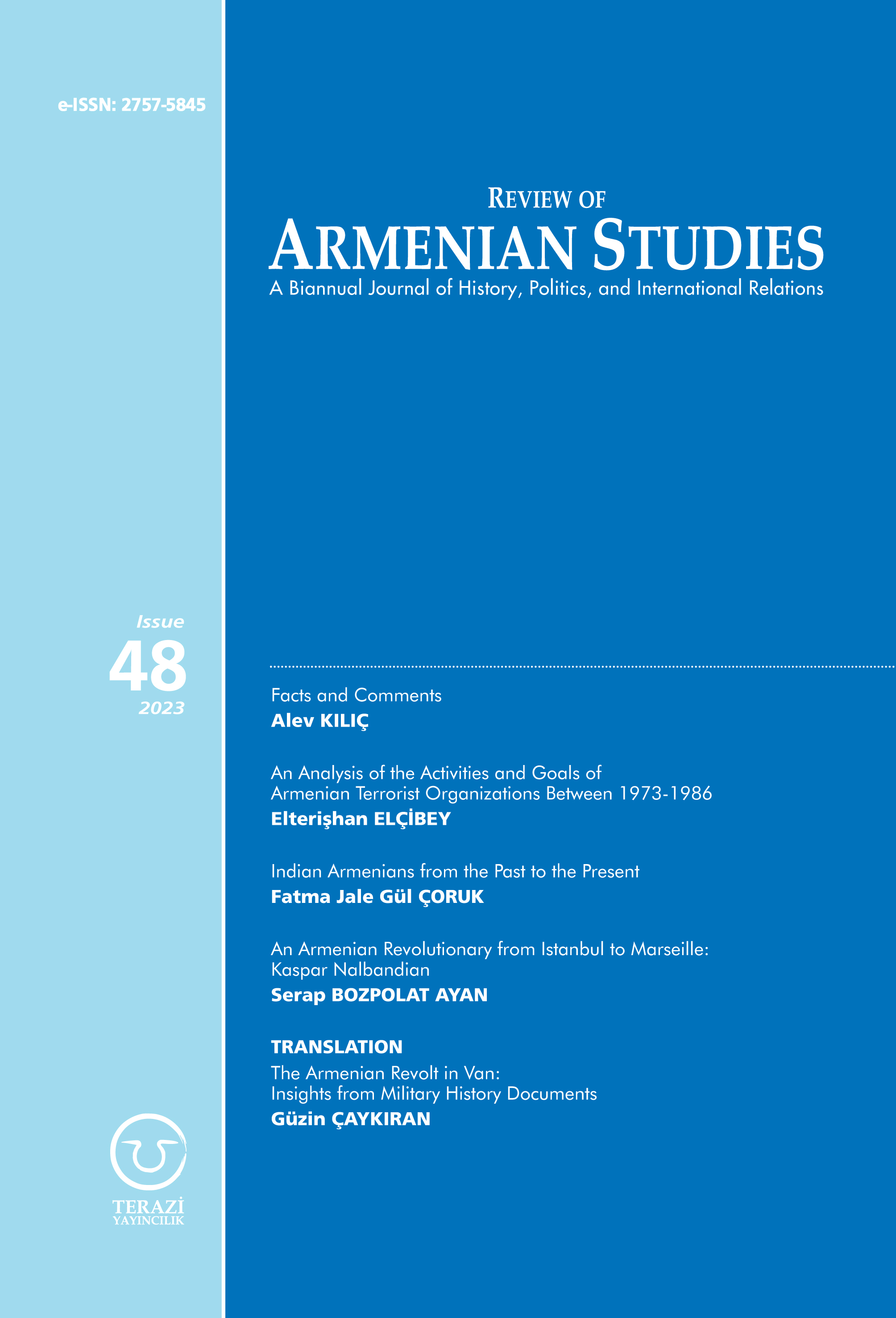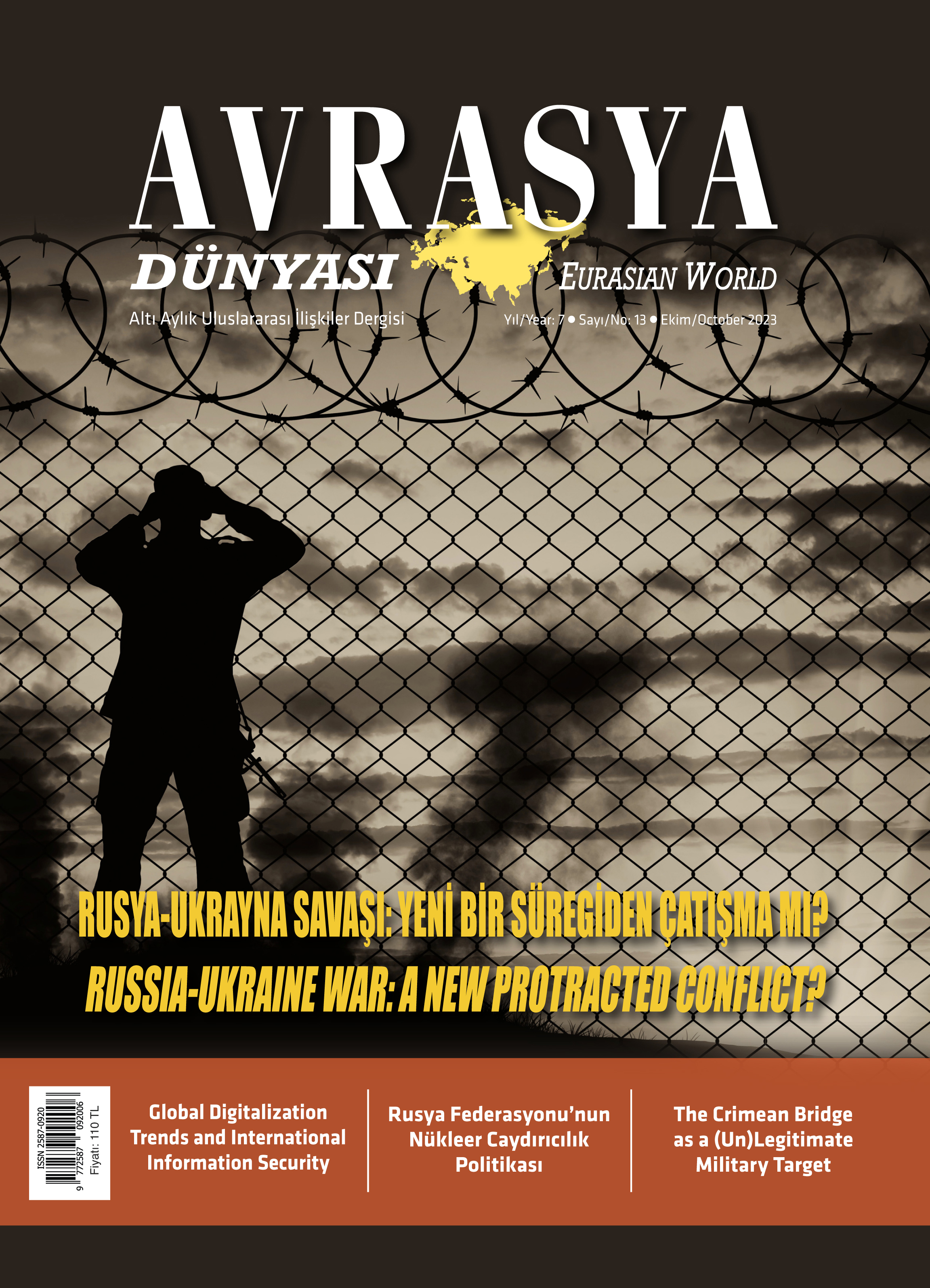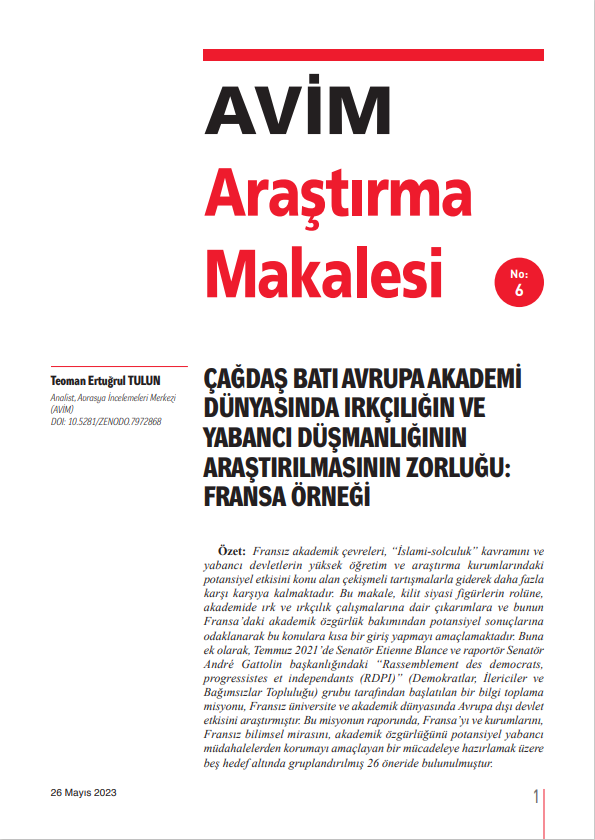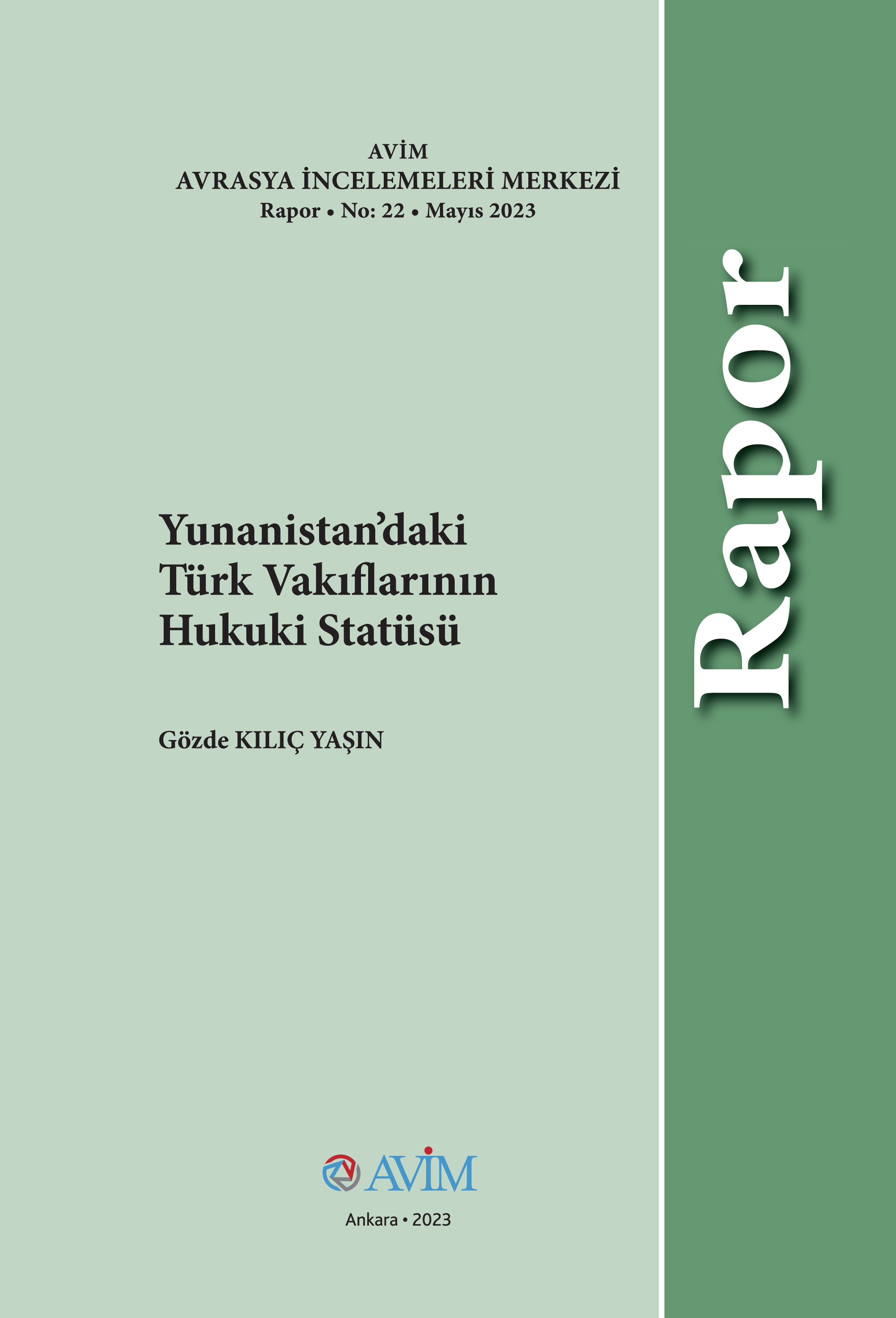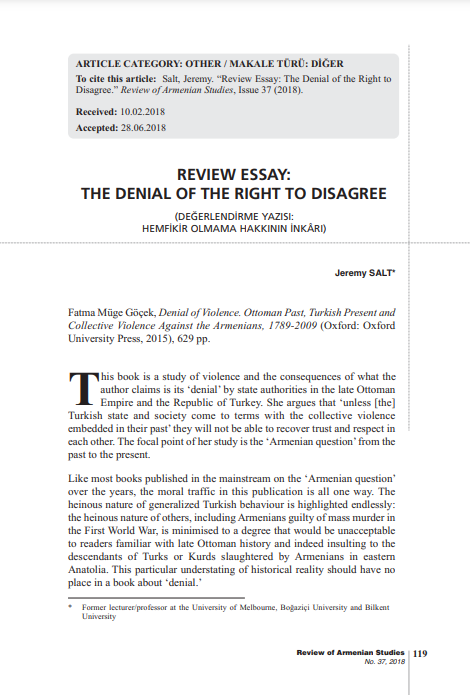LETHAL ROADSIDE BOMB THAT KILLED SCORES OF U.S. TROOPS REAPPEARS IN IRAQ
Download PDF :


Washington Post, 12.10.2017
By Kareem Fahim and Liz Sly
A roadside bomb that killed an American soldier in Iraq earlier this month was of a particularly lethal design not seen in six years, and its reappearance on the battlefield suggests that U.S. troops could again be facing a threat that bedeviled them at the height of the insurgency here, U.S. military officials said.
The device was of a variety known as an explosively formed penetrator, or EFP, according to initial investigations, a weapon notorious for its destructive and deadly impact on armored vehicles and the service members inside them, two U.S. military officials said.
EFPs were among the most lethal weapons faced by U.S. forces before a troop withdrawal in 2011. The devices were considered a hallmark of the Iranian-backed Shiite militias battling the U.S. occupation after the toppling of Saddam Hussein. But the technology used to make them proliferated, and cruder versions were also deployed by Sunni militants.
U.S. military officials were quick to stress that they had not determined who was responsible for the attack. The Islamic State militant group — the only threat to U.S. and Iraqi troops over the past three years — was not known to have previously used the weapons, the officials said, though they may have acquired the expertise to make them. The officials talked about the investigation in response to questions about the circumstances of the bombing.
The Islamic State did not make any public claim of responsibility after the attack, on Oct. 1, which killed Spec. Alexander W. Missildine and wounded another soldier, according to the U.S. military. At the time it was struck, Missildine’s vehicle was traveling south on a major road in Salahuddin province, north of Baghdad, according to Col. Charles D. Constanza, a deputy commander for the U.S.-led coalition in Iraq.
Spec. Alexander Missildine of Tyler, Tex., was killed Oct. 1, 2017, when his vehicle was struck by an explosively formed penetrator, or EFP. (U.S.Army/AP)
[She said, ‘Promise me you’ll come back.’ He was killed in Iraq days after arriving.]
Col. Ryan Dillon, a U.S. military spokesman in Iraq, said “investigations are continuing into the type and quality of the bomb to better determine where it originated. To say whether or not ISIS did it or not — we have not determined that yet. We are not ruling anything out,” he said.
The question of the type of bomb used and its origin is sensitive because it comes amid an intensifying drive within the Trump administration to counter the expansion of Iranian influence in the region in recent years.
It also coincides with threats from some of the Iranian-backed Shiite militiaswho have fought in uneasy alliance with the United States against the Islamic State but are making it clear that they want U.S. troops to leave now that the militant group is almost defeated.
The Asaib Ahl al-Haq group, which claimed responsibility for carrying out many of the attacks against U.S. troops in the years before 2011, said in a statement after the recapture of Mosul in July that the “resistance factions expect their return to the country after the defeat of ISIS.”
“If they are going to stay in any guise, the resistance factions will deal with them as occupiers just like they dealt with them before,” the statement warned. Another group, Kataeb Hezbollah, issued a similar warning last month.
But it was also possible that the weapon was used by the Islamic State or another armed group “masquerading” in order to implicate the Shiite militias, said one U.S. official, who spoke on the condition of anonymity because of the sensitivity of the subject.
Dubbed “superbombs” because of their extraordinary lethality, EFPs are precision-made bombs with a copper or steel plate that is propelled in the form of a projectile whose high temperature and velocity can penetrate even the most heavily armored vehicles.
The bombs showed up in Iraq about a year after the U.S. invasion. U.S. officials at the time said they were being supplied by Iran with the help of the Lebanese militant group Hezbollah. Workshops were subsequently discovered in Iraq, including in areas where Sunni insurgents were active, and as early as 2007, Iraq’s al-Qaeda affiliate began using a crude version of the bomb.
“The proliferation of knowledge of EFPs has been around for some time. It’s out there,” Dillon said.
The bombs have since been used in Afghanistan, by the al-Qaeda-affiliate al-Shabab in Somalia and by the al-Quds Brigades affiliate of the Palestinian Islamic Jihad group, according to Greg Robin, an expert in explosive devices for the Sahan Research Group, a security consultancy. He said the quality of the workmanship can offer clues as to the provenance of the weapons.
In addition to their sheer destructive power, the cunning design of the EFP has exacted a psychological toll. Early versions were set off by the heat of a passing vehicle, allowing the weapon to be deployed without an operator or remote detonator.
Later versions were initiated by the vehicles’ electronic signal jammers — effectively using technology designed to thwart other IEDs as a trigger.
Dan Lamothe and Alex Horton in Washington contributed to this report.
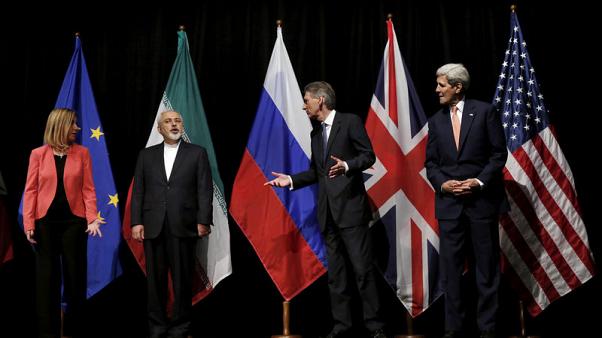 FEARING TRUMP TORPEDO, EUROPE SCRAMBLES TO SAVE IRAN DEAL
Europe - EU
12.10.2017
FEARING TRUMP TORPEDO, EUROPE SCRAMBLES TO SAVE IRAN DEAL
Europe - EU
12.10.2017
 ARMENIAN EDITOR TO APPEAR IN FRENCH COURT FOR DECRYING GENOCIDE DENIER
The Caucasus and Turkish-Armenian Relations
12.10.2017
ARMENIAN EDITOR TO APPEAR IN FRENCH COURT FOR DECRYING GENOCIDE DENIER
The Caucasus and Turkish-Armenian Relations
12.10.2017















